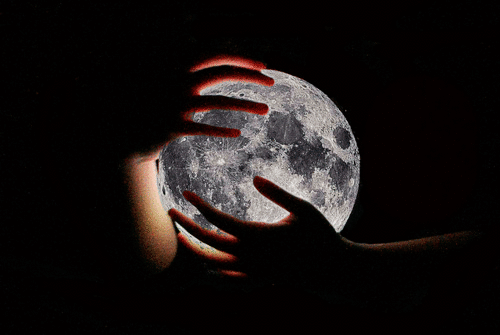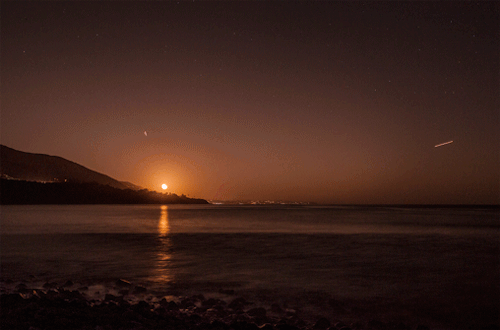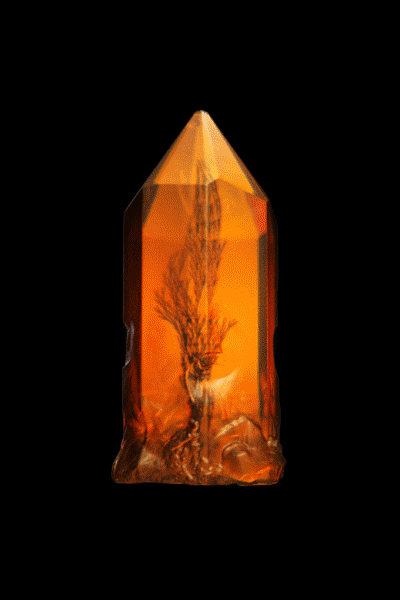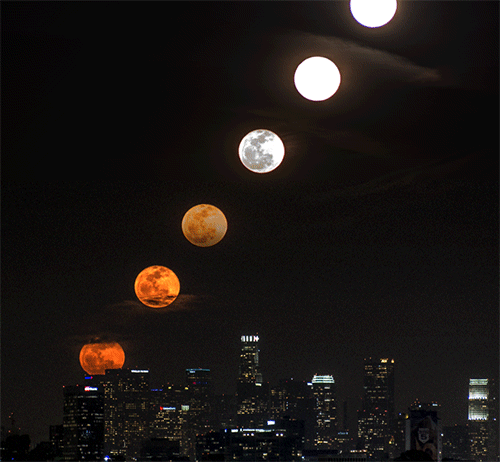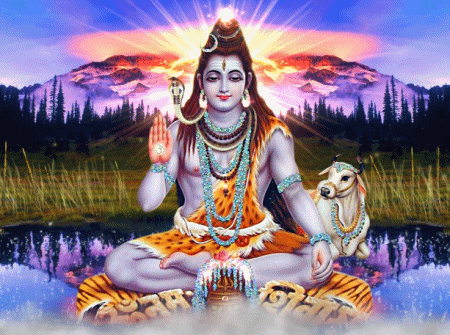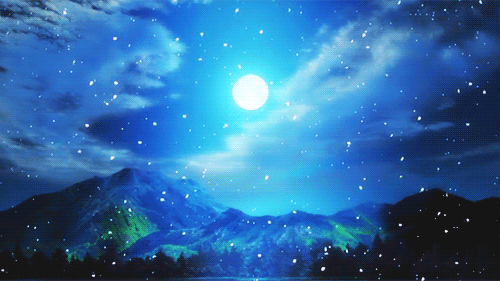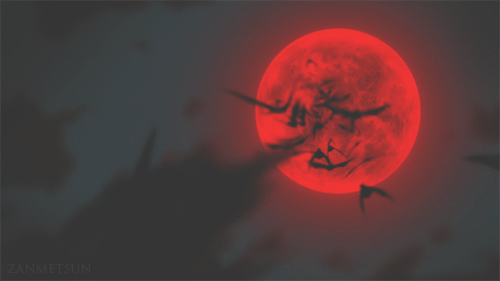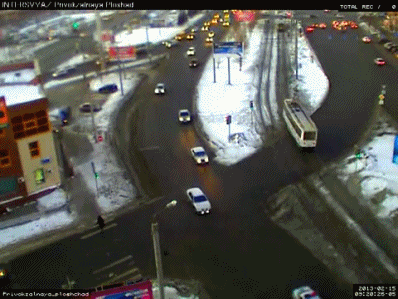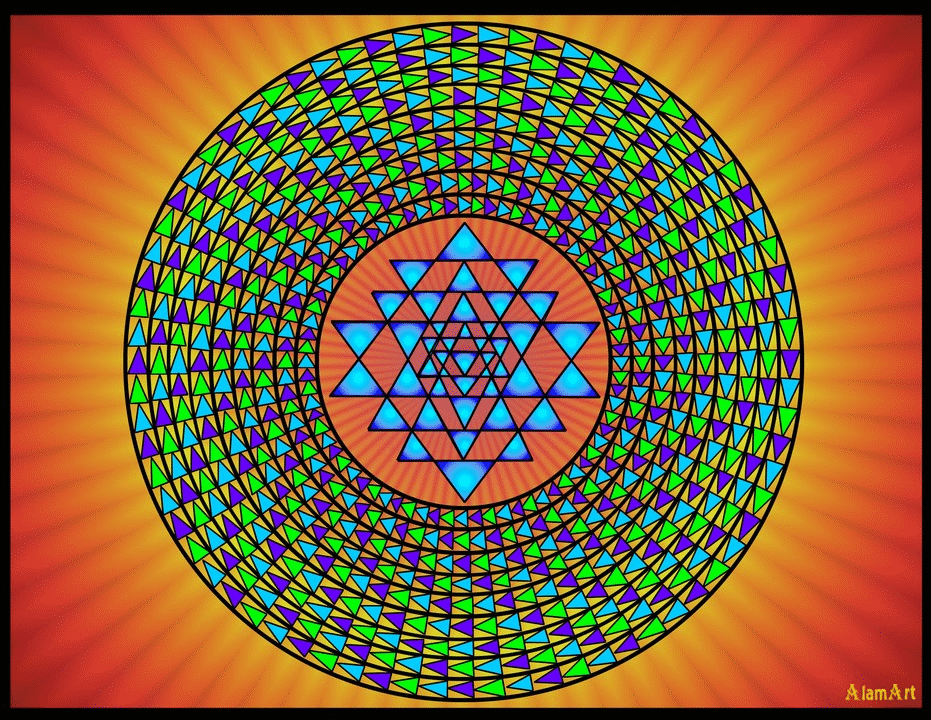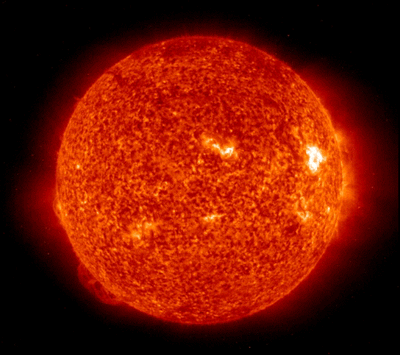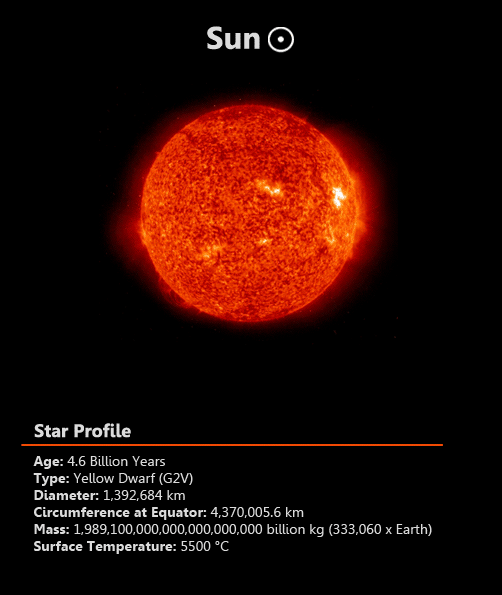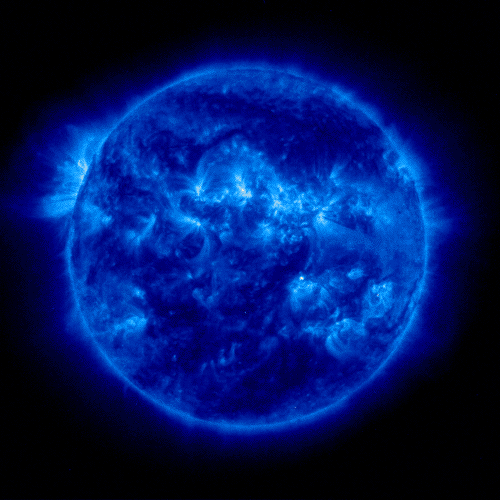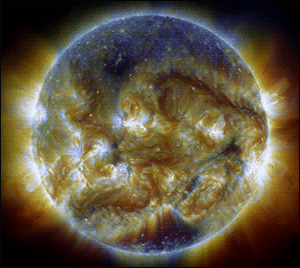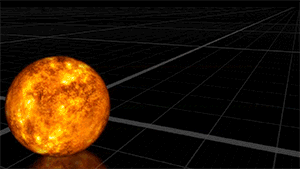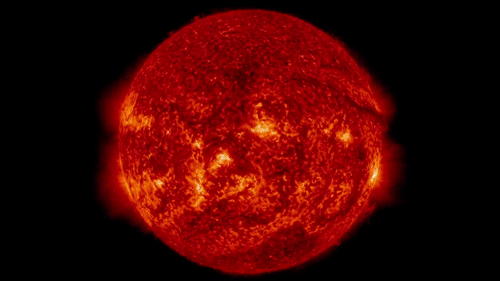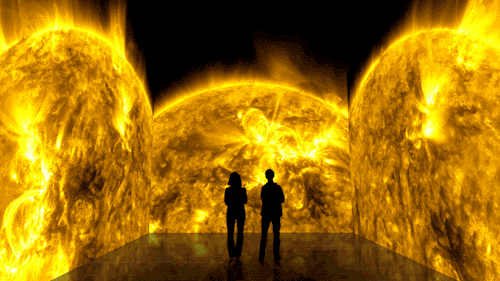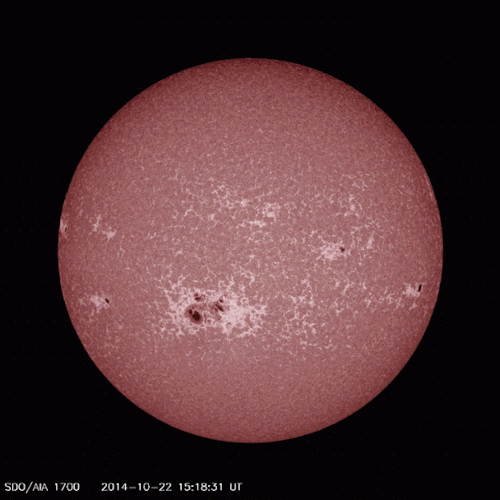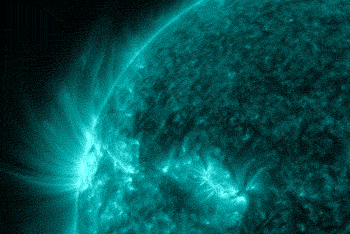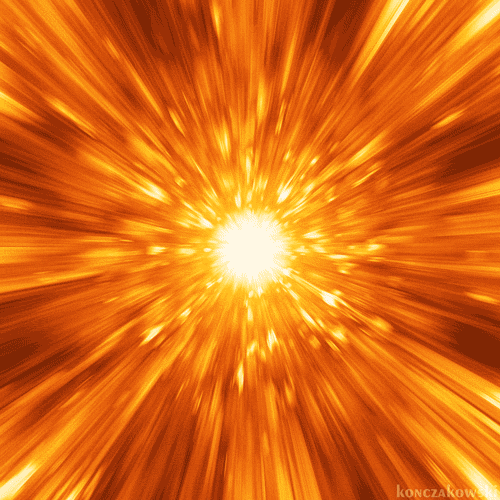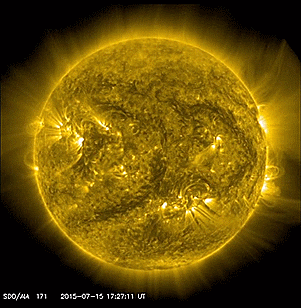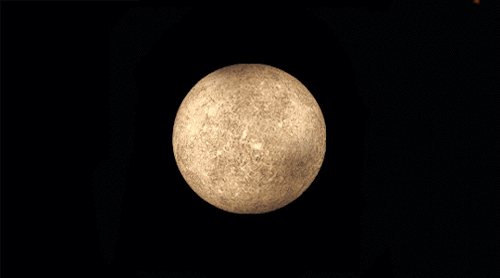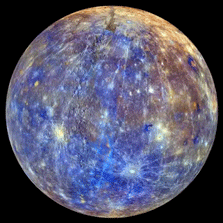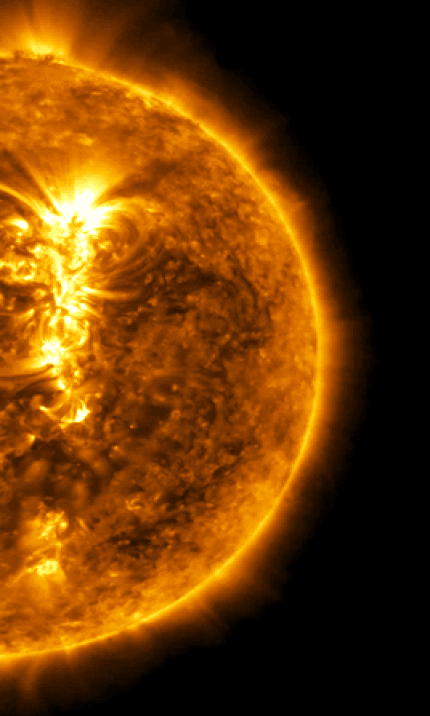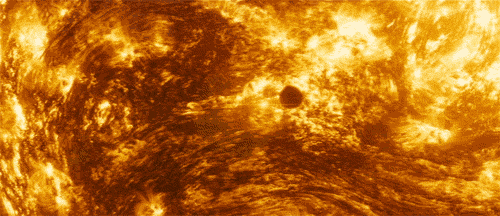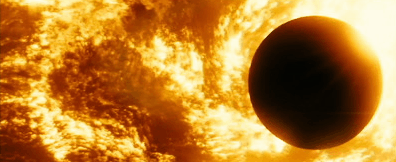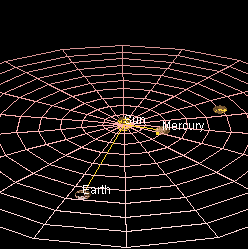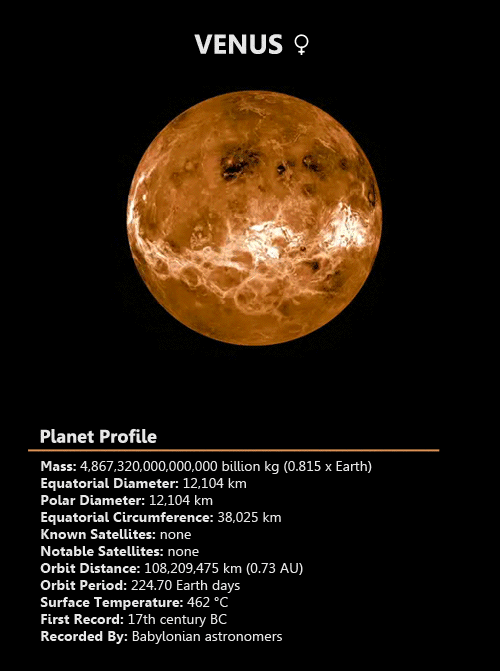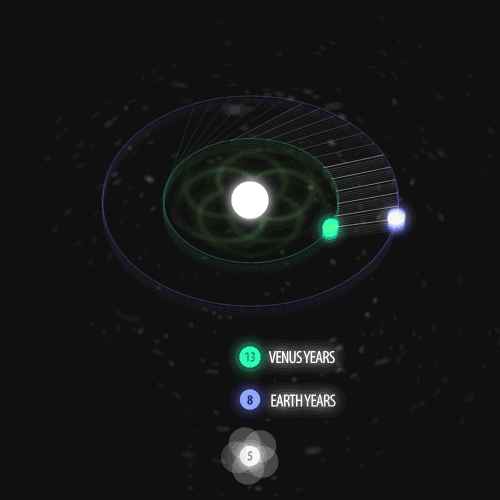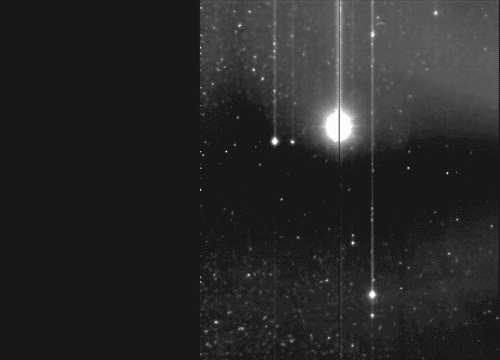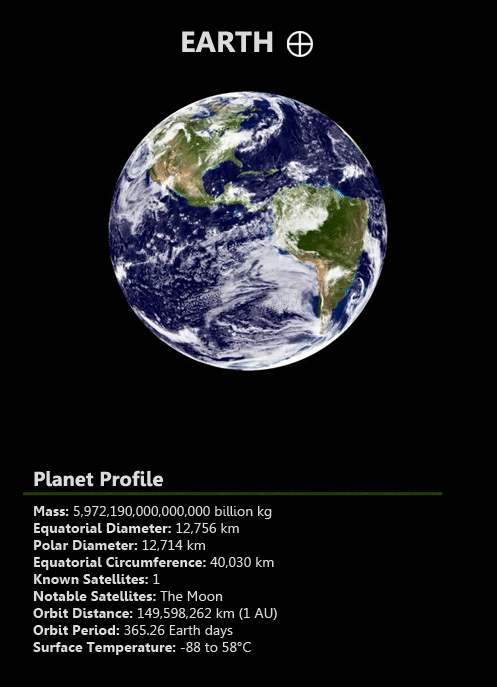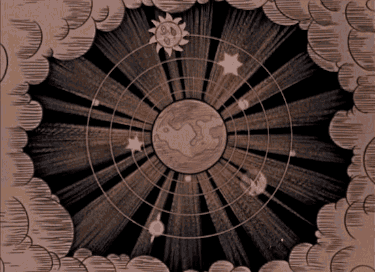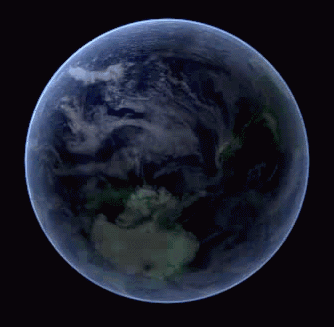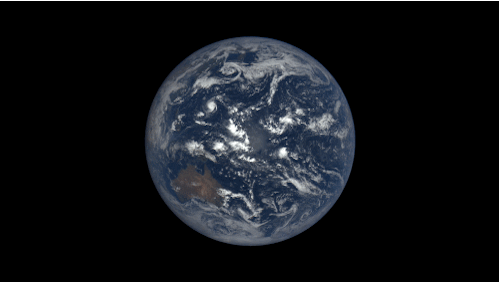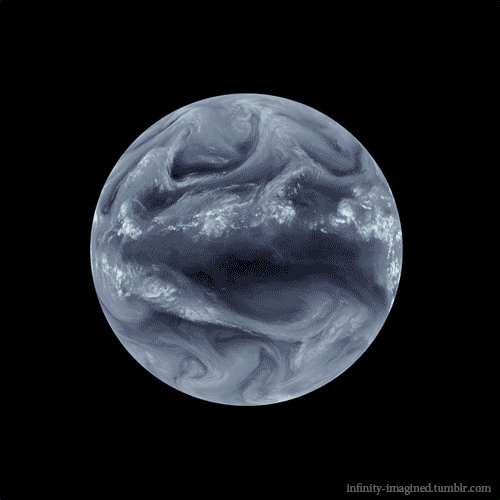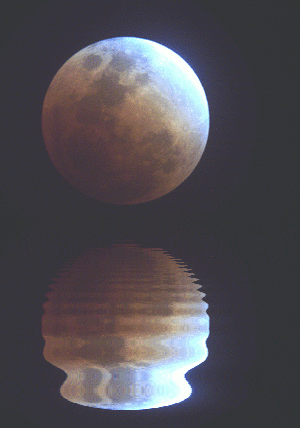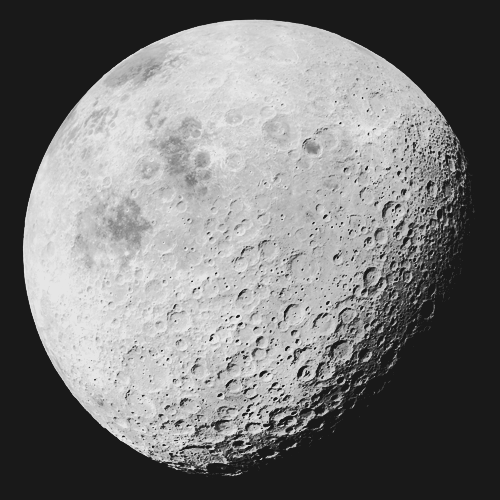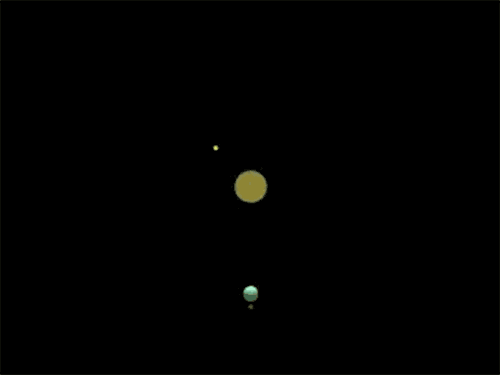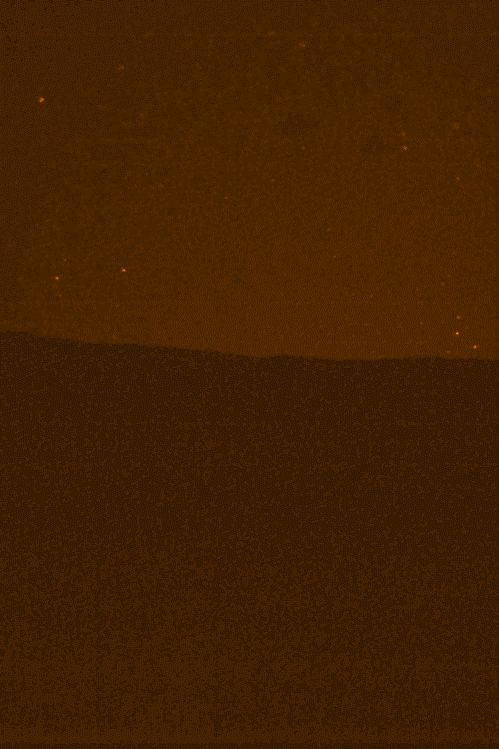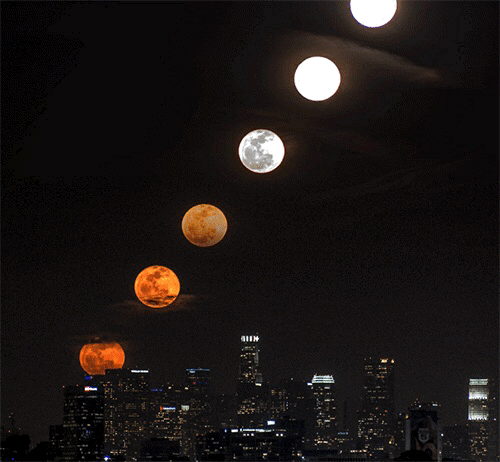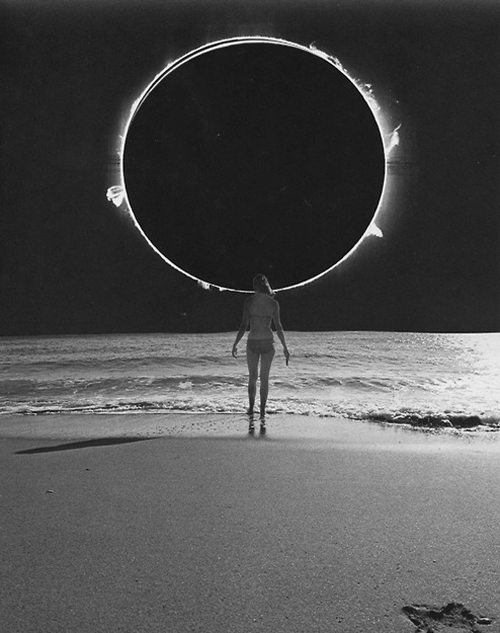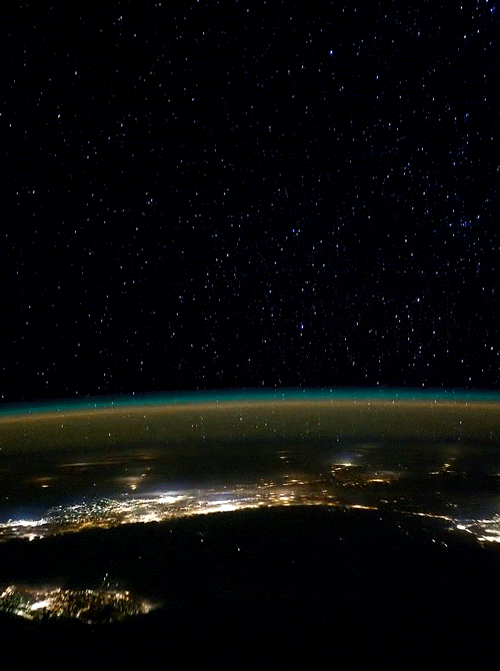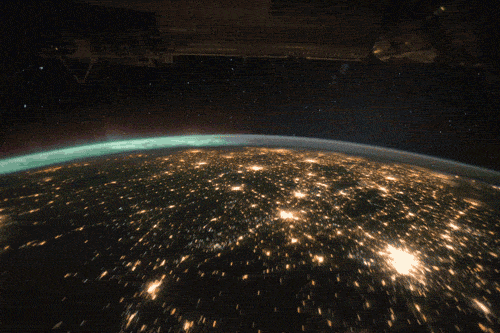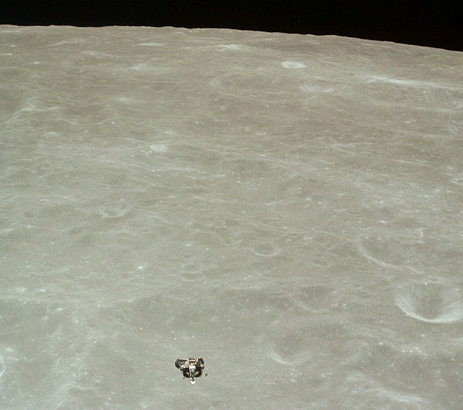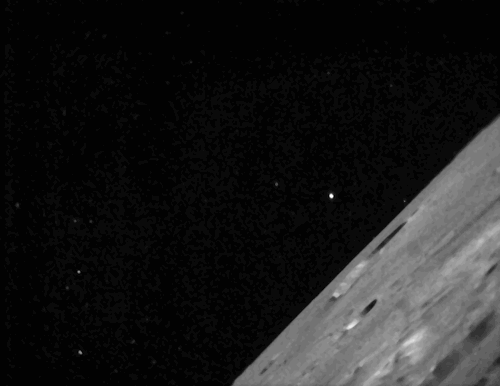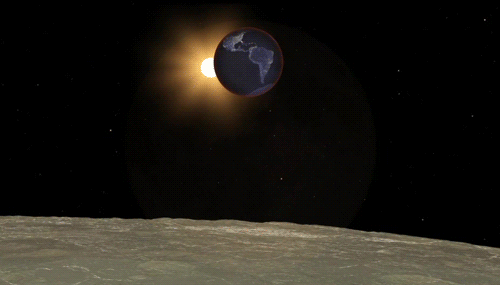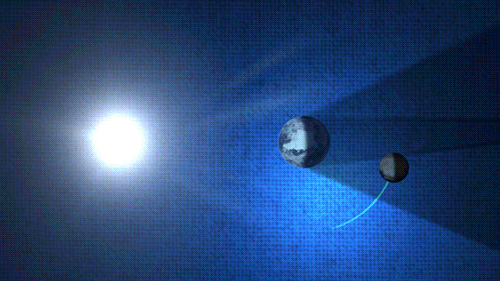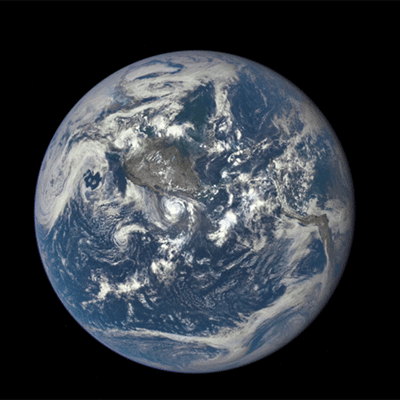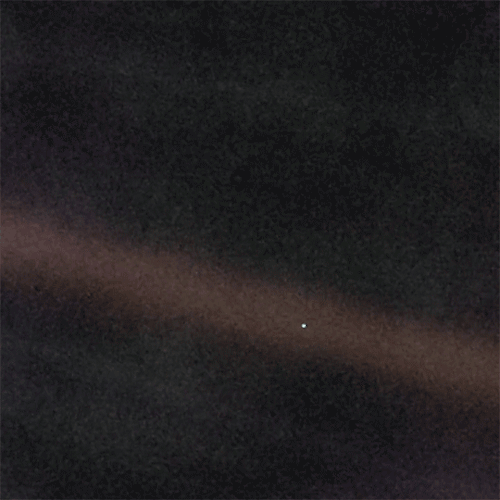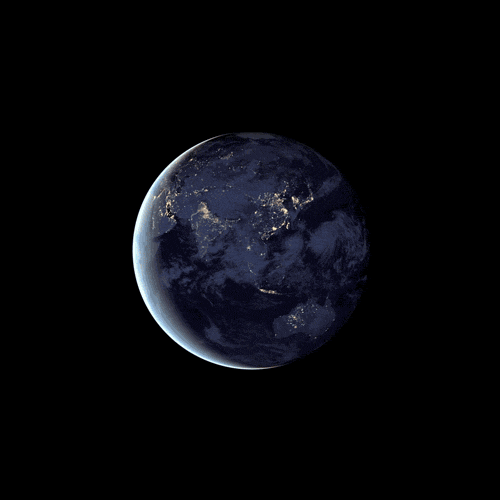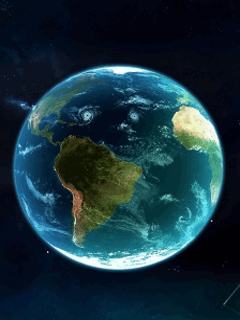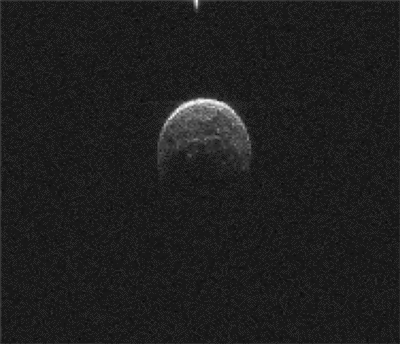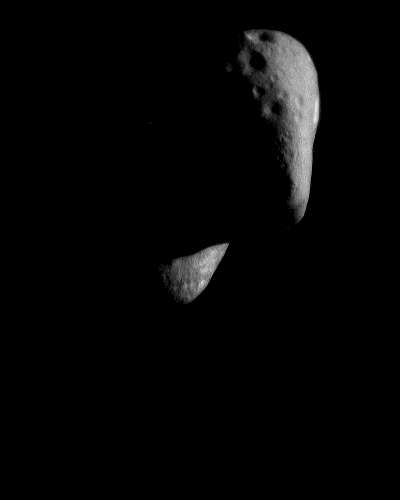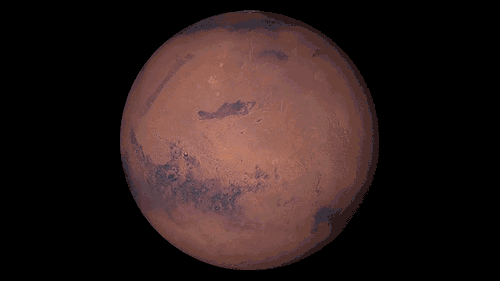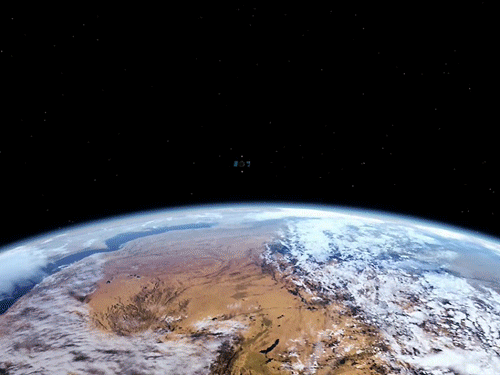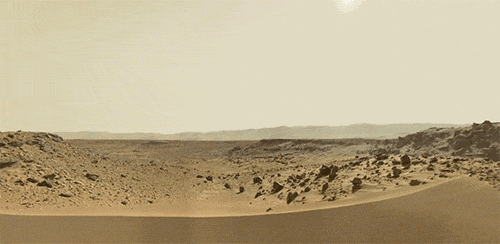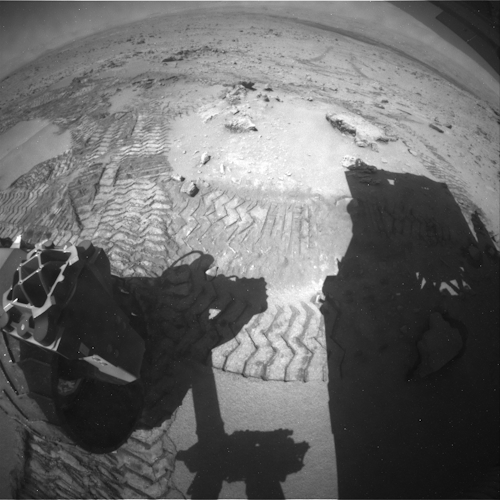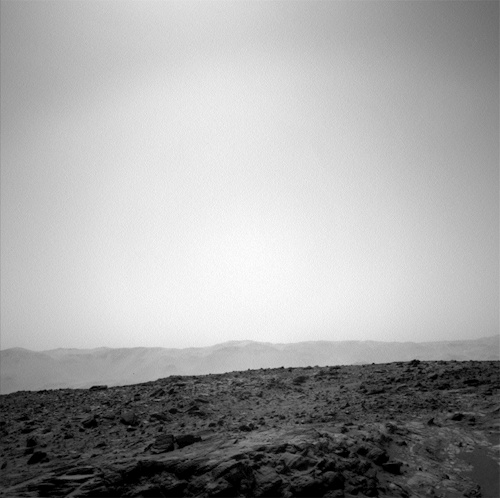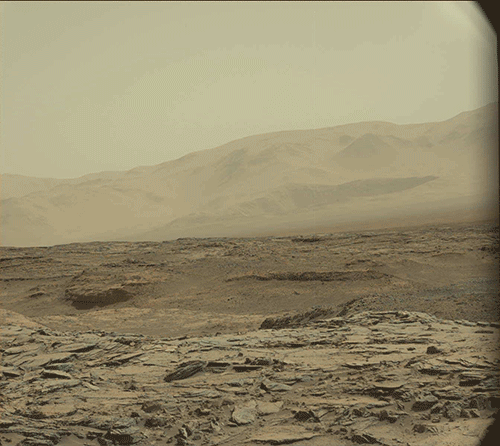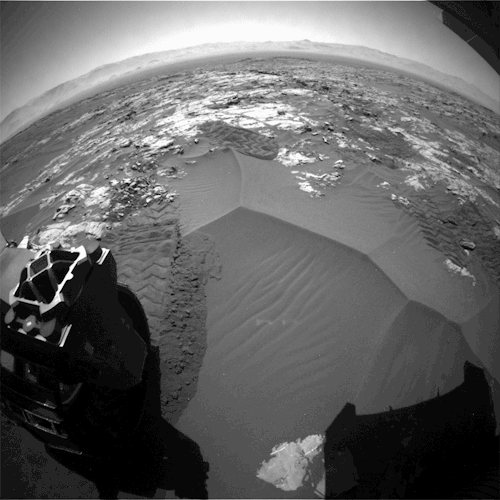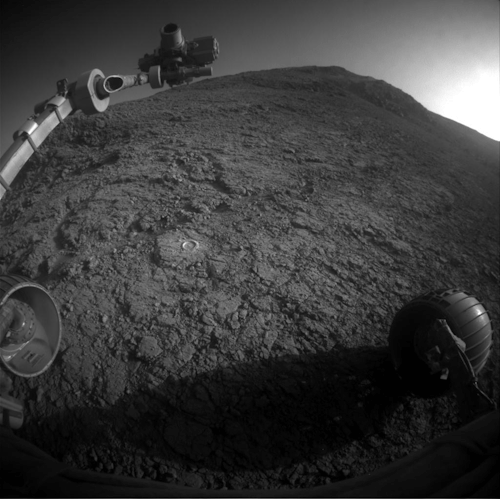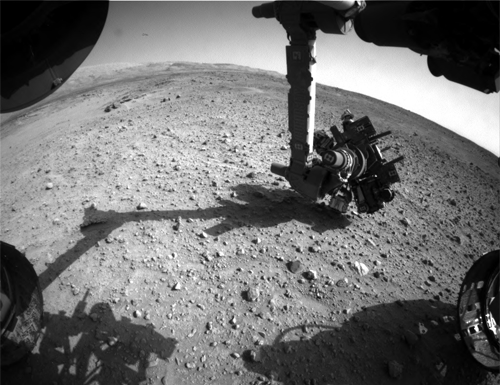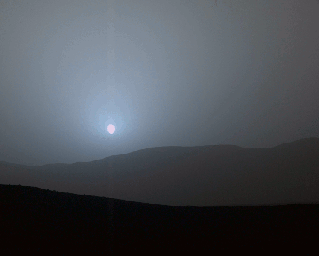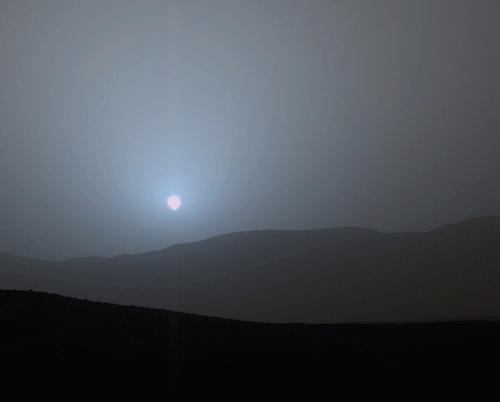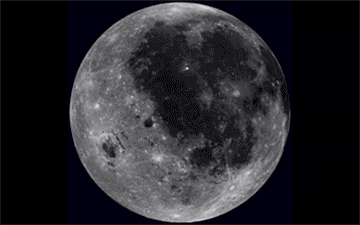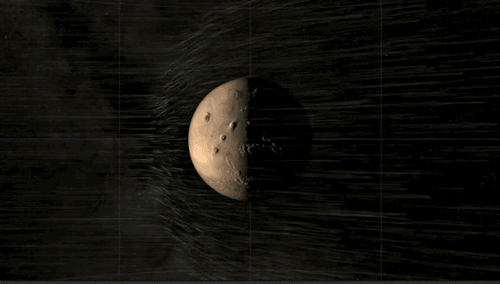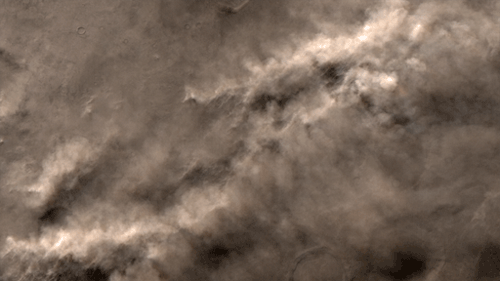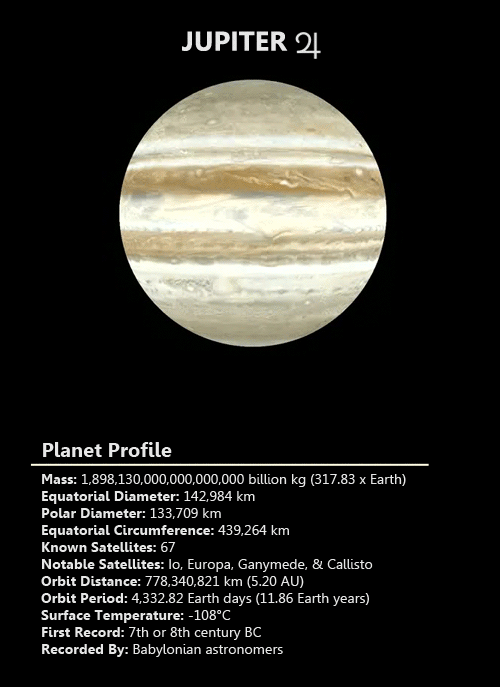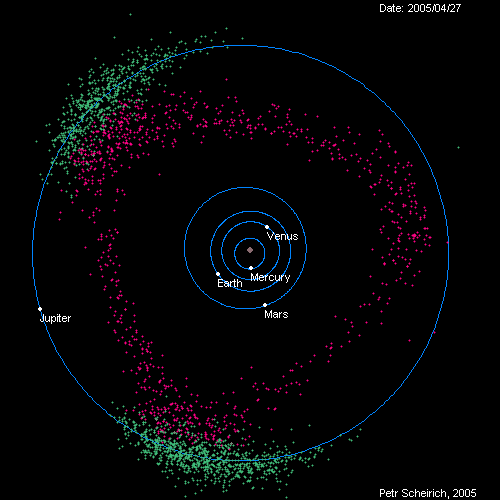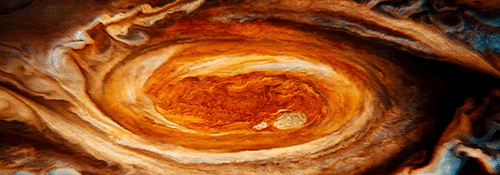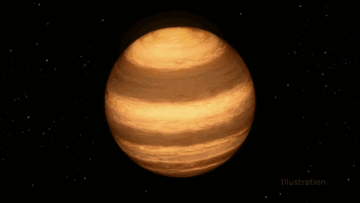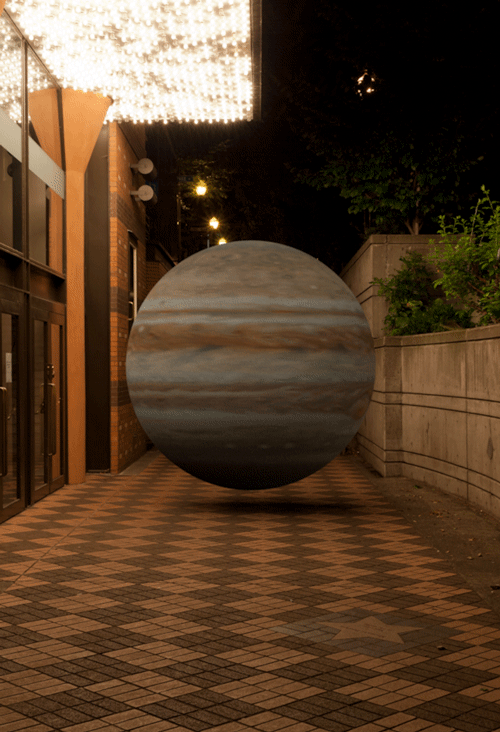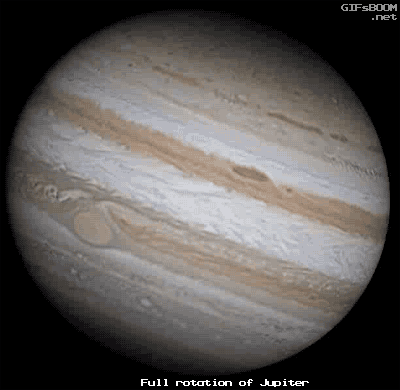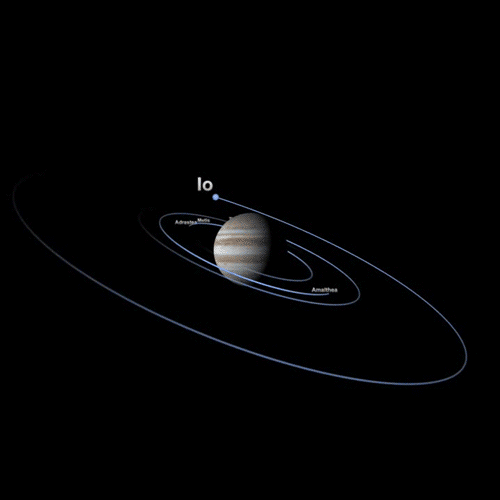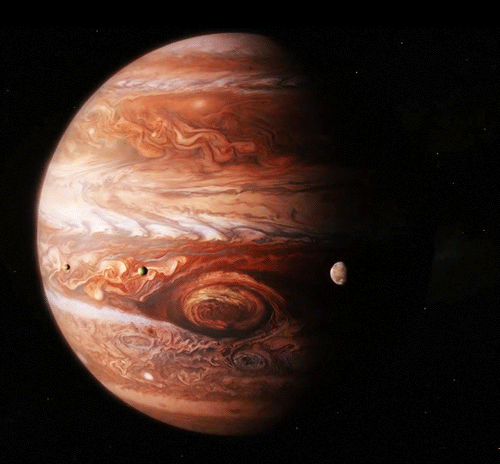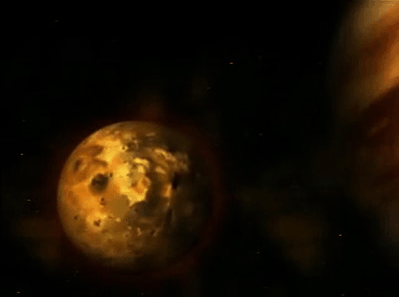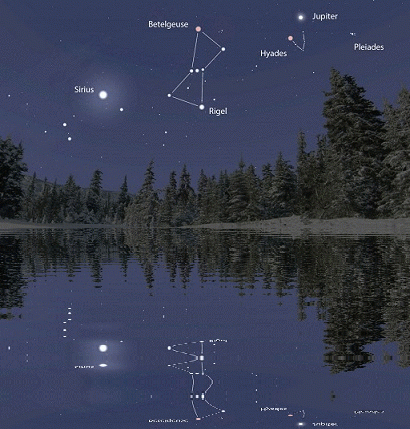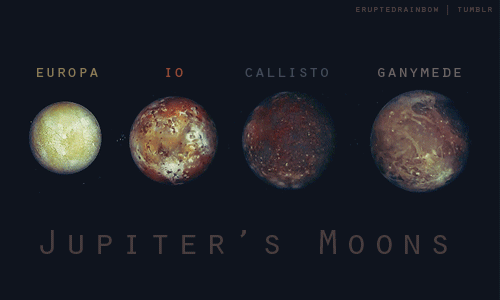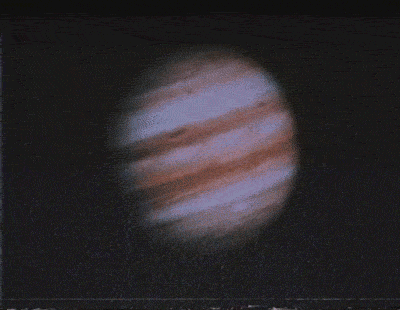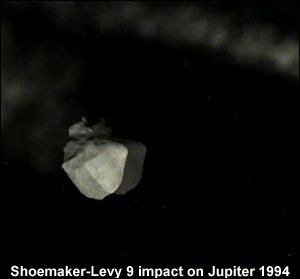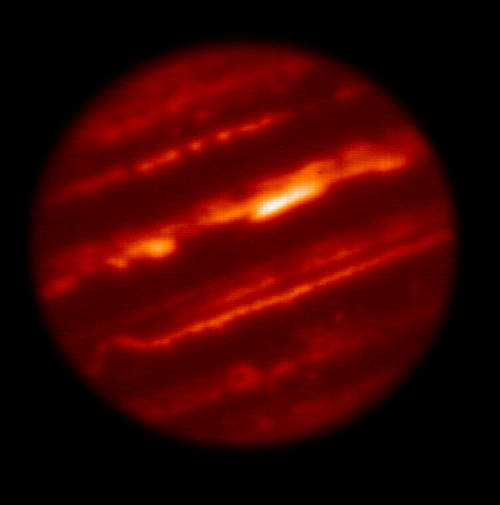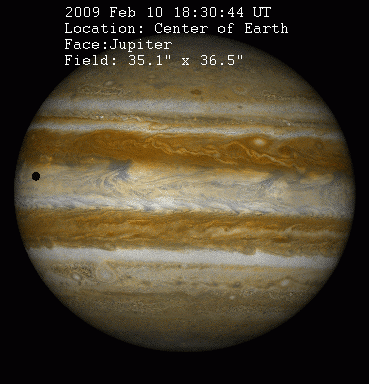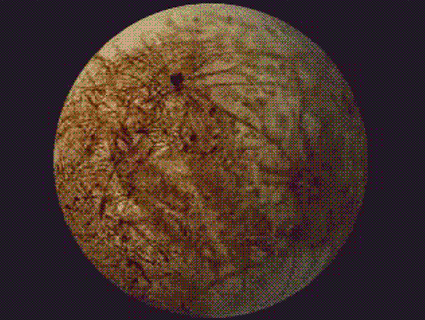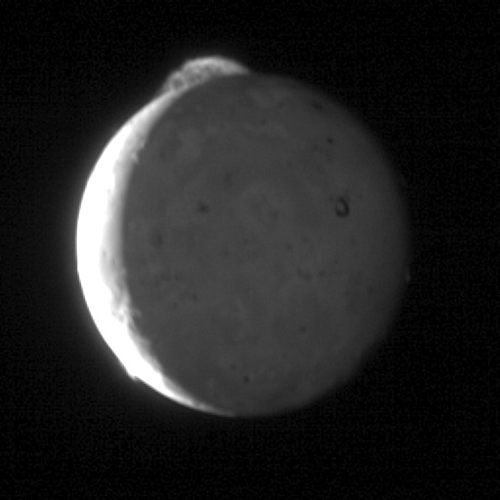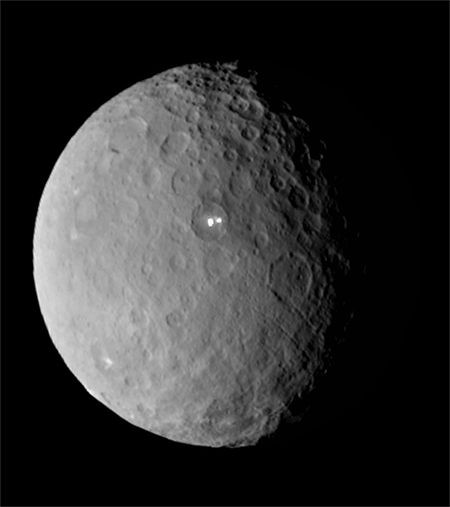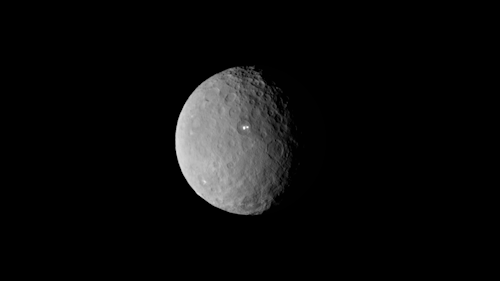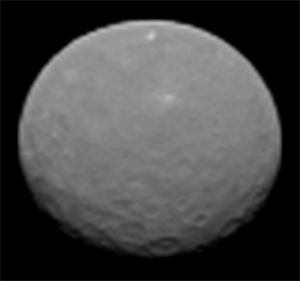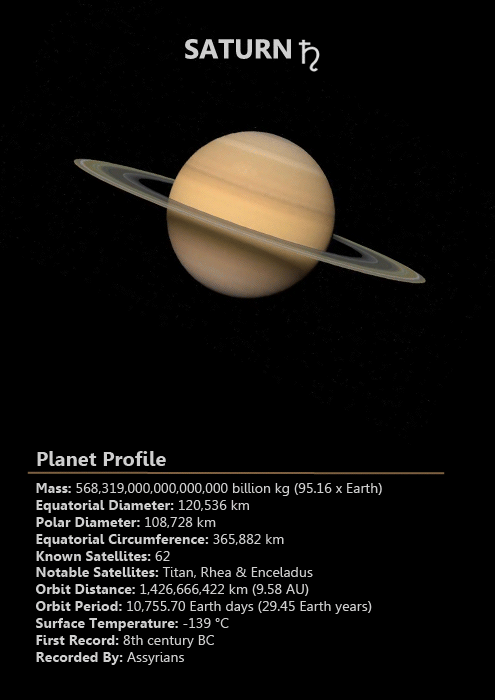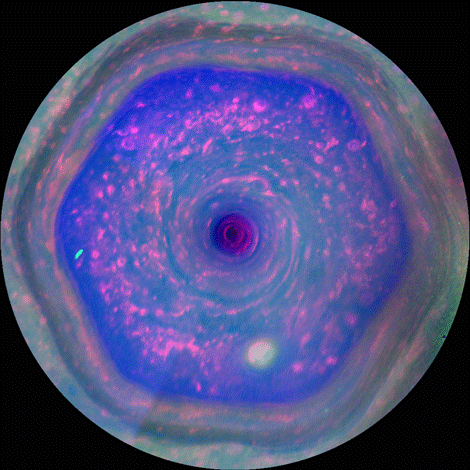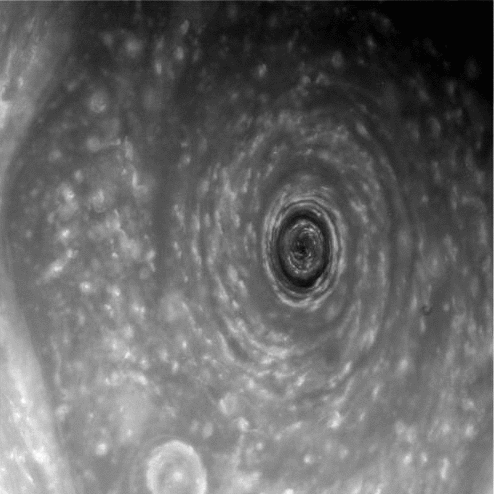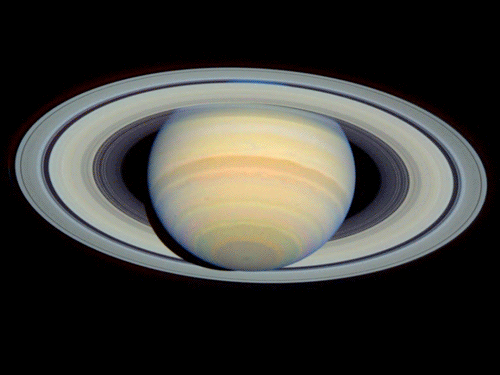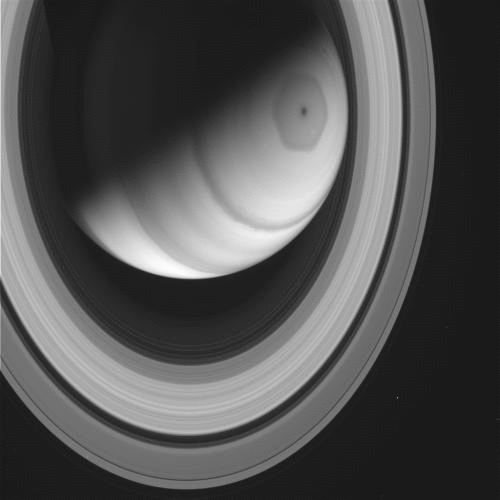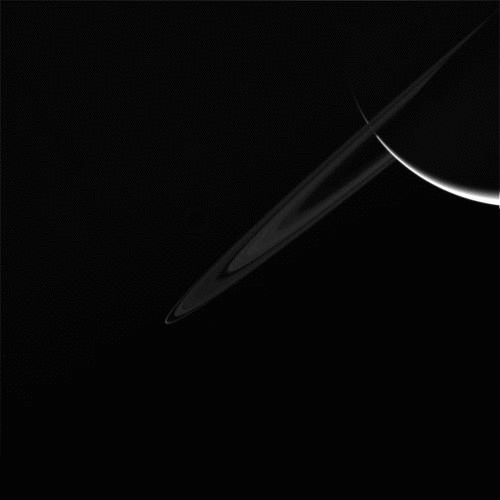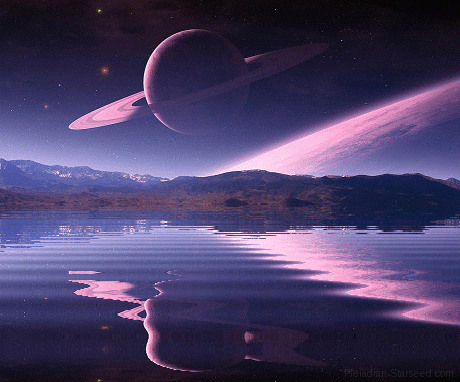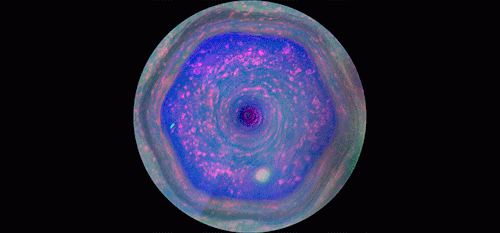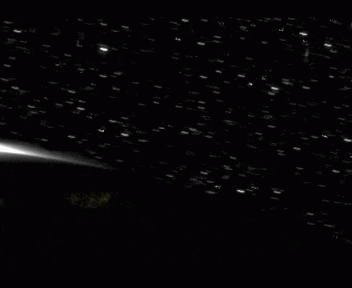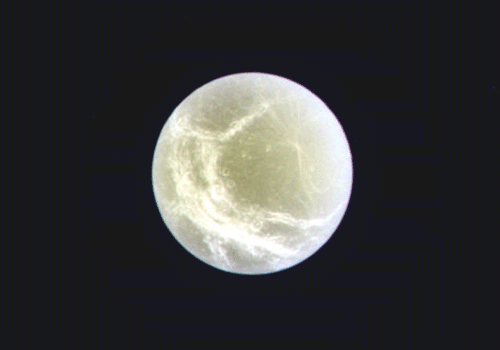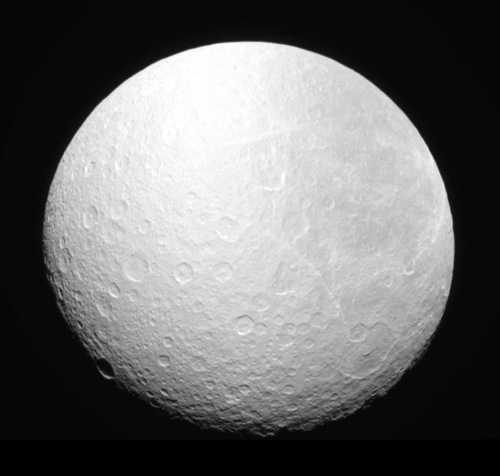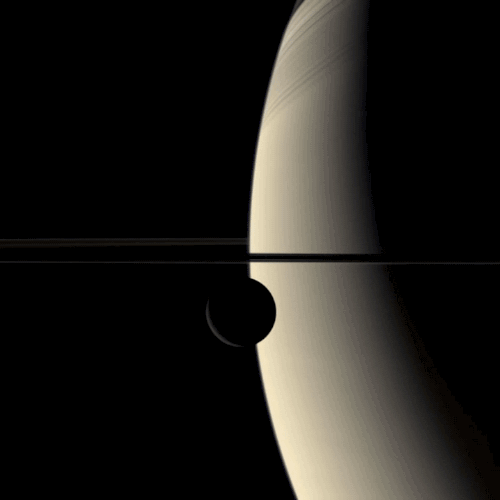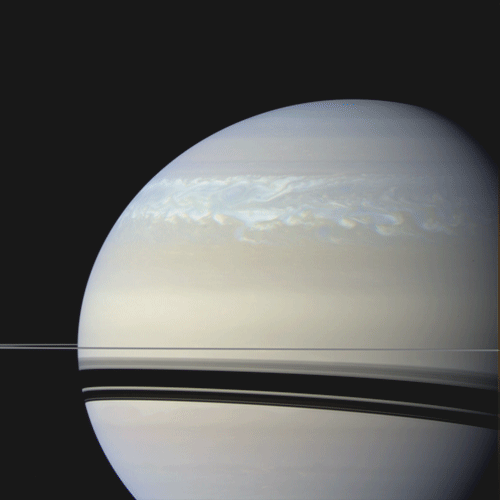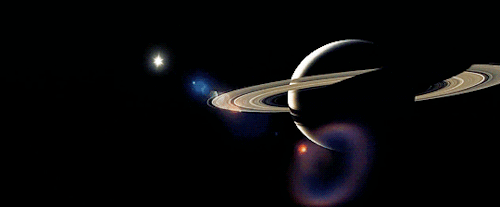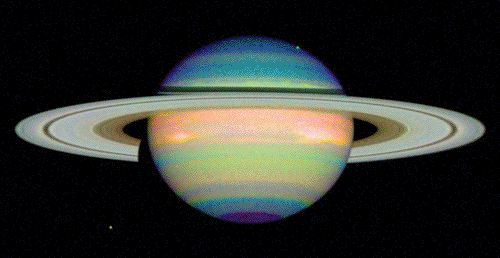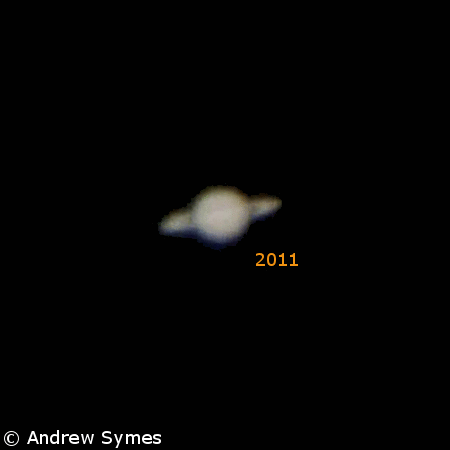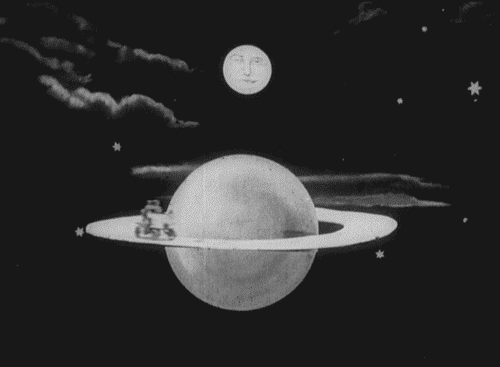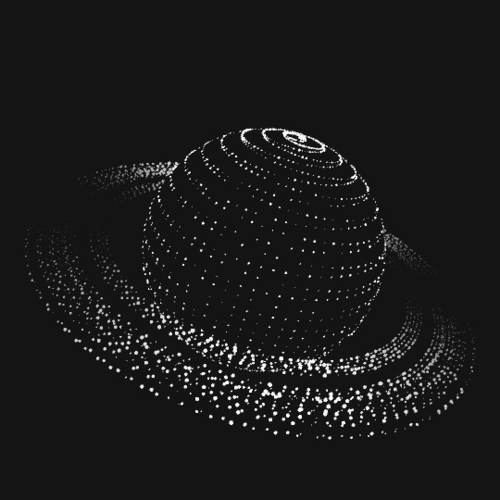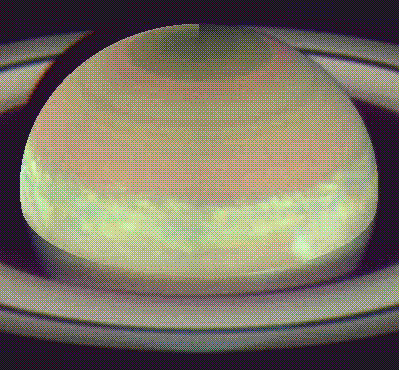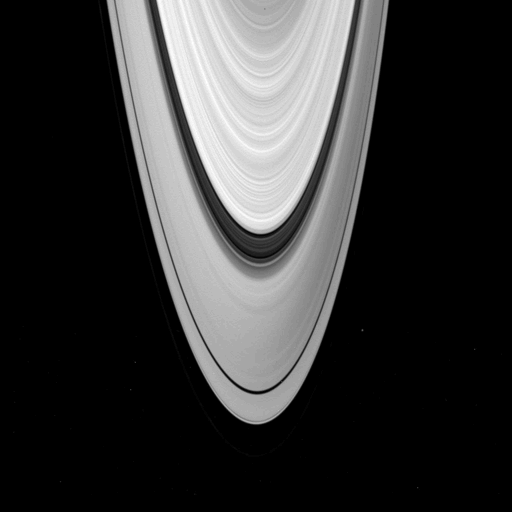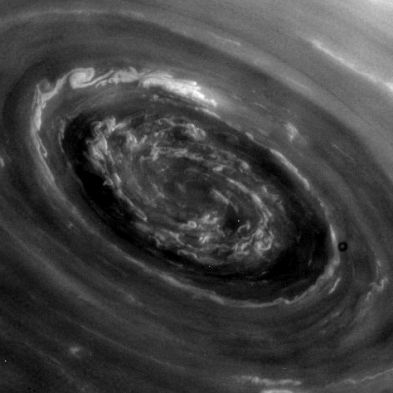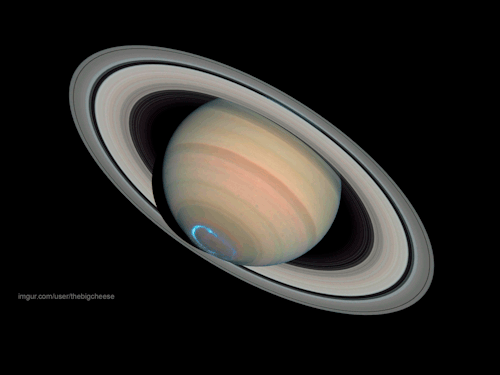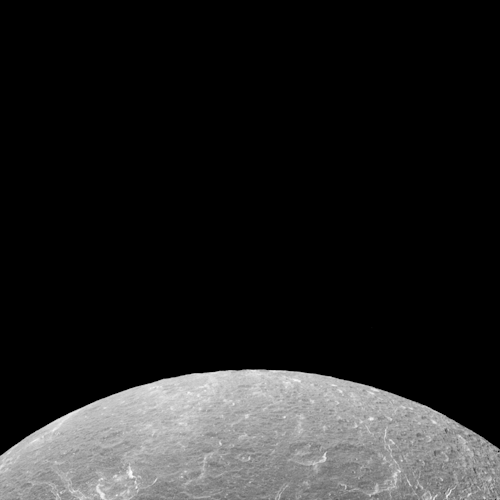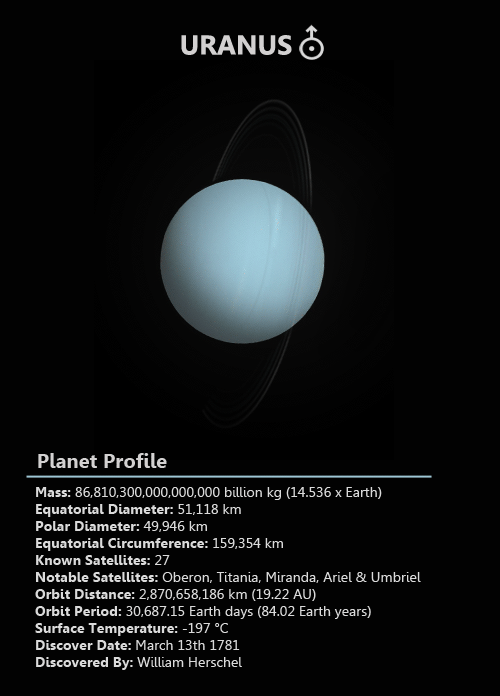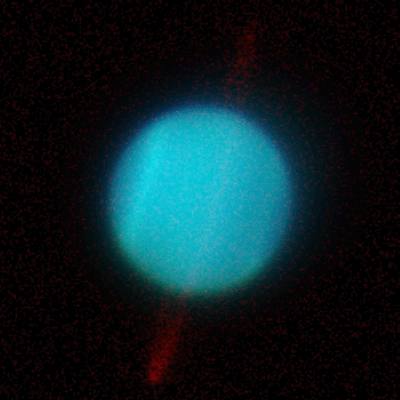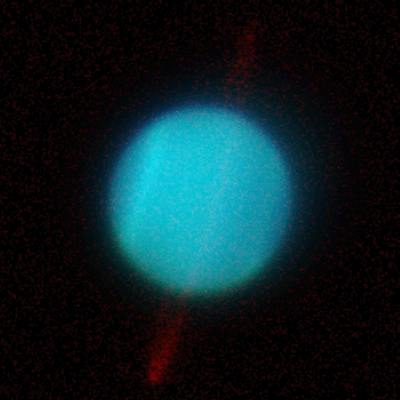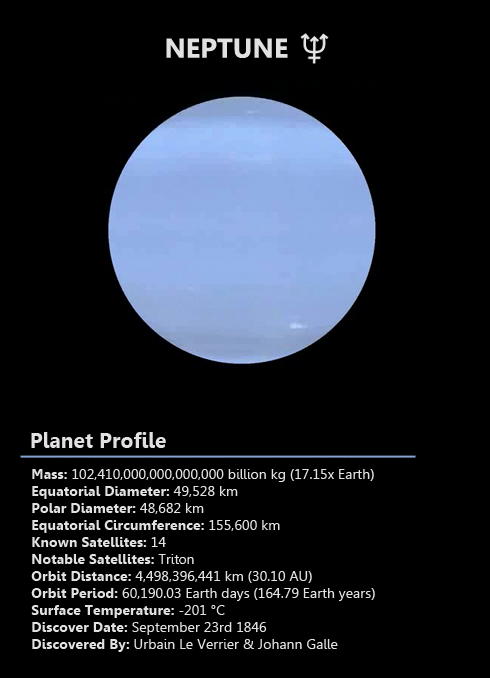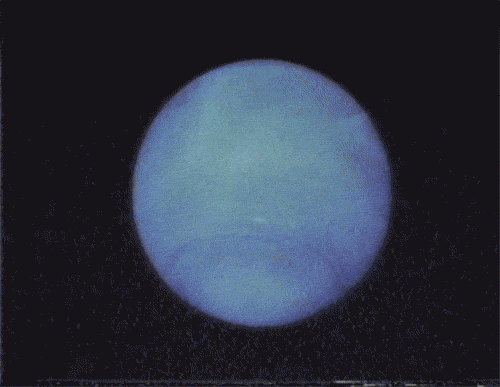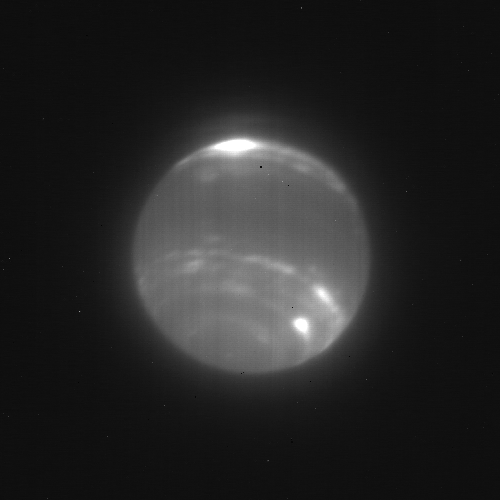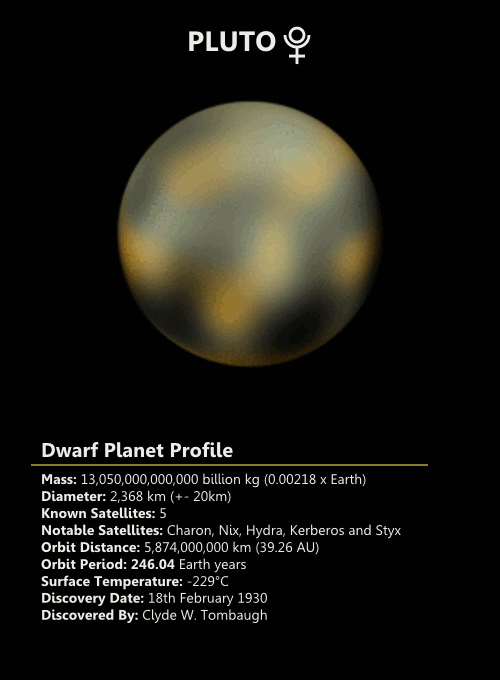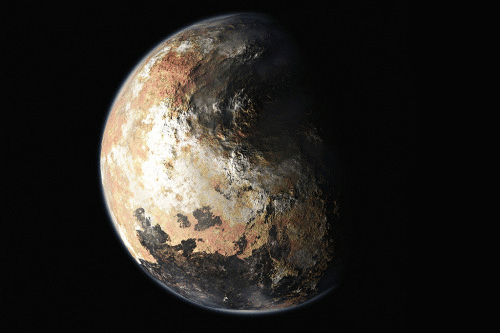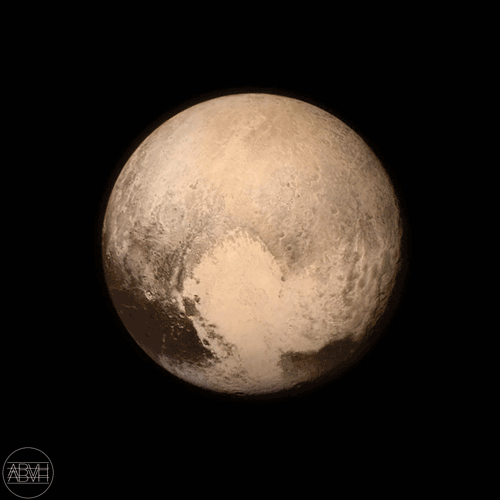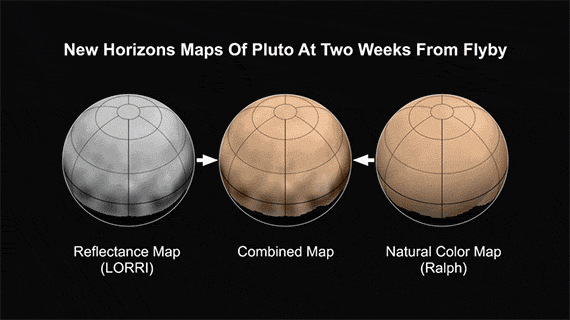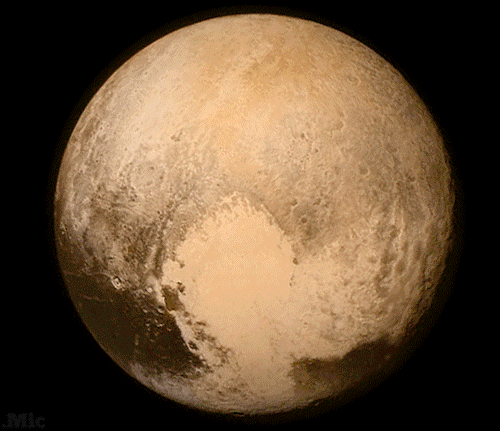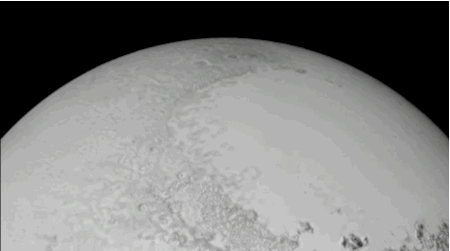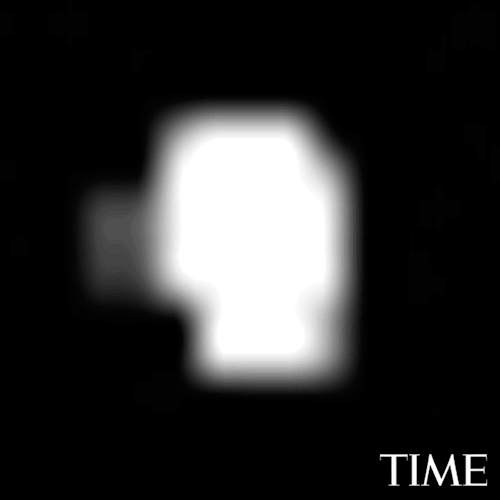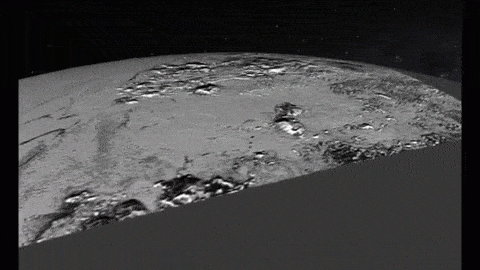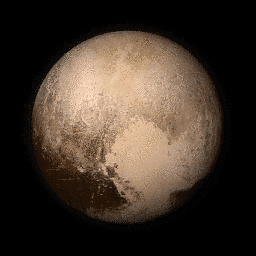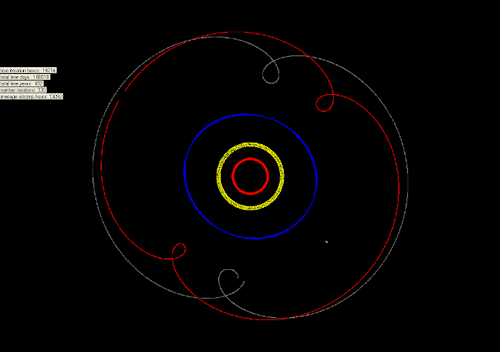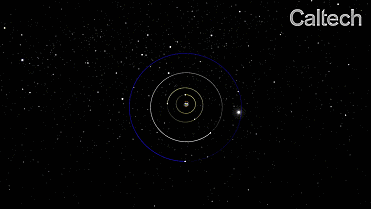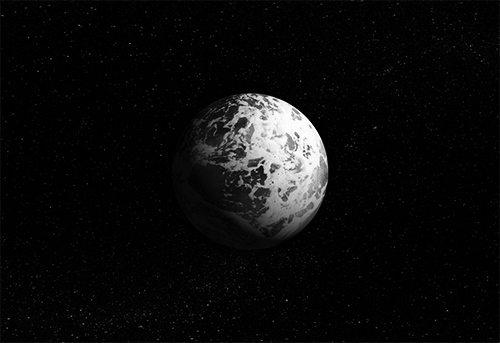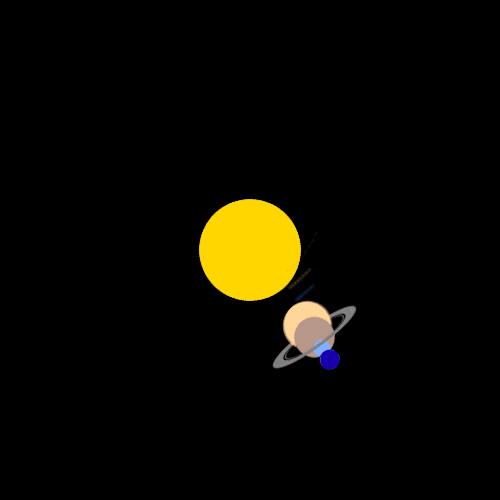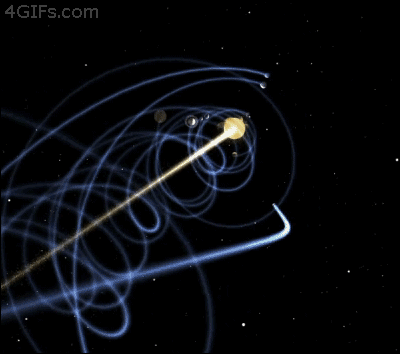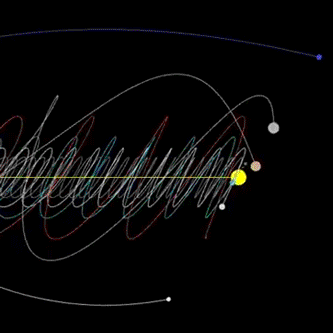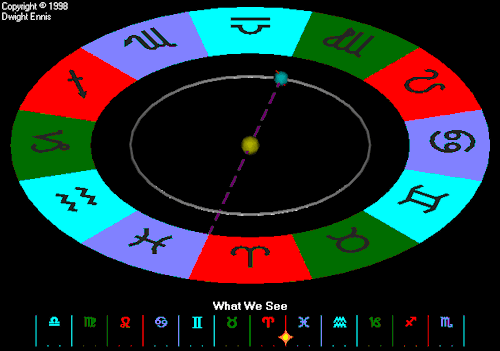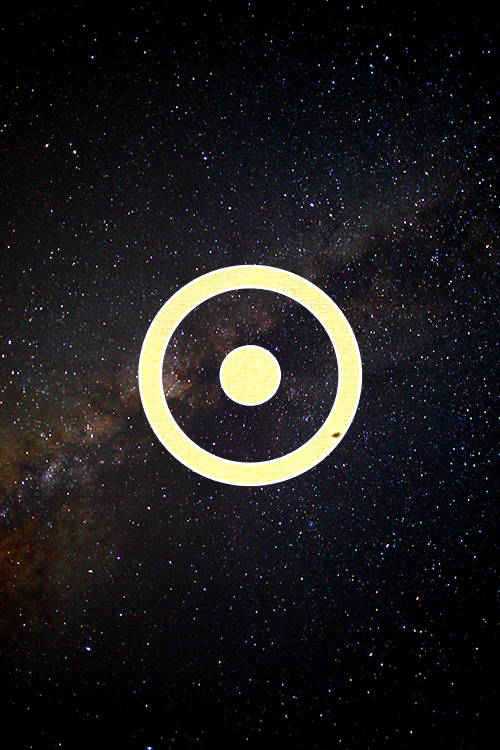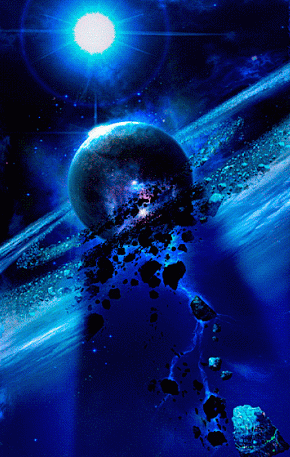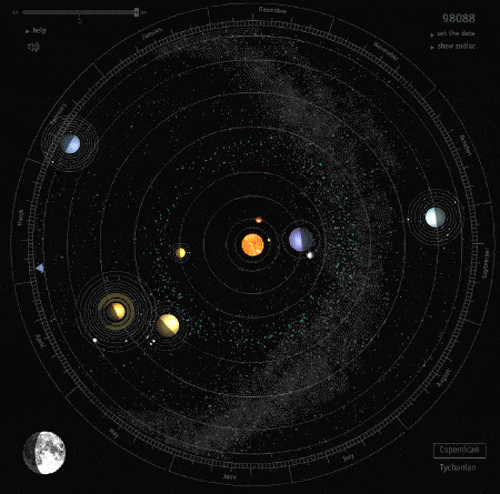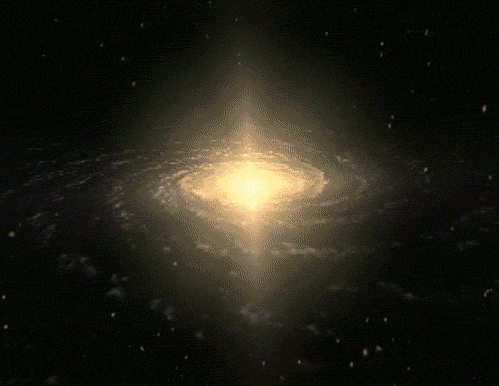1. Elder Moon
It is an enduring truth that the words of our elders cuts through the incessant advertisements for hate. It is times like these that we must keep the words, the culture and the advice of our elders close to our hearts. The debilitated moon in the nakṣatra of Jyeṣṭha "the elder" is imbued with Ãrohaṇa śakti indicating something rising up. Ketu is in the nakṣatra Mūla creating great friction with the culture of materialism in the shadow of corporatocracy. Ketu in the nakṣatra of Mūla is imbued with Barhaṇa śakti, a strong energy which can tear things apart or pull things out. These two nakṣatras, share four qualities. They are both tīkṣṇa(sharp, severe, harsh); rākṣasa(evil, malignant, demoniacal); vāṭa(a wind energy), and vāyu(gaseous quality.) Thus, being that the two eclipsing factors have these natures agitated Indra pūjā and staying indoors and working on personal transformation by tearing apart ones negative habits, is recommended. It is an opportune time to reconnect with the culture and words of our elders.
Indra Sukta
Indra Sukta
2. Holy Water
Though one should not drink water exposed to the light or shadow of the eclipse, water is made holy for ritualistic and bathing purposes during an eclipse, thus finding a natural water source to bathe at auspicious times during an eclipse is one of the sanctioned rites to engage in.
3. Rudrākṣa to the Rescue
It is said and written that Rudrākṣa beads work as a talisman and are beneficial to wear during eclipses.
4. Pregnancy
Women that are pregnant should do everything they can to avoid the light of the fractured moon as well as its shadow. This principle is not only followed in India and China, but in Central America amongst the Mayans and Aztecs as well.
5. SEX
Full Moons tend to rally the libido into party mode. It is beneficial to not engage in any form of copulation 48-96 hours before to 48-96 hours after an eclipse. It is absolutely forbidden to impregnate a woman during this time, for all types of issues may affect the child. In India, farmers will go as far as to separate livestock to insure no mating occurs during the period of an eclipse.
6. Food
All food and water should be kept away from the shadow and splintered light of an eclipse. Food and water exposed to the light or shadow of an eclipse becomes a magnet for contaminated energy gross and subtle. This food will decompose quicker, lose its ability to nourish the body and be more prone to end up as ama(undigested) in the body.
One must not consume food during the eclipse of the Sun or the Moon — Viṣṇusūtram
Good karma is said to multiply during eclipses when donations are given. The Skānda purāṇa and many other texts specifically mention grahaṇa dāna (giving alms during an eclipse) as an important opportunity to express charity.
The 4 forms of dāna according to the Jains is incredibly helpful and salient to the world given the tumultuous current events

a virtuous life requires: tapas (asceticism), dāna (charity), arjava (straightforwardness), ahimsa (non-injury to all sentinent beings) and satyavacana (truthfulness) – Chāndogyopaniṣad

The 4 forms of dāna according to the Jains is incredibly helpful and salient to the world given the tumultuous current events
* Ahara-dāna (donation of food),
*Ausadha-dāna (donation of medicine),
*Jnana-dāna (donation of knowledge)
*Abhaya-dana (giving of protection or freedom from fear, asylum to someone under threat)
a virtuous life requires: tapas (asceticism), dāna (charity), arjava (straightforwardness), ahimsa (non-injury to all sentinent beings) and satyavacana (truthfulness) – Chāndogyopaniṣad
तदेतत्त्रयँ शिक्षेद् दमं दानं दयामिति[21]
Learn three cardinal virtues - self restraint, charity and compassion for all life.
— Bṛhadāraṇyaka Upaniṣad

Living creatures get influenced through dānam,
Enemies lose hostility through dānam,
A stranger may become a loved one through dānam,
Vices are killed by dānam.
~ The fruits secured by giving away dāna during solar eclipse at Kurukṣetra would indeed exceed the recitation of the Sahasranāma ~ Lalita Sahasranāma
8. Spiritual Practice
Though one can find ślokas that say that spiritual practices performed during an eclipse are magnified a thousand-fold, we can also find passages that say otherwise. Obviously it seems to be a specialized practice in which you should get guidance from your guru before you proceed. In India one can observe that many temples are closed and deities are covered from the light and shadow during an eclipse
The reasons to discontinue recitation of the Vedas till the next day are earthquake, lightning, fall of meteors or an eclipse ~ Gautama
He who recites the Gaṇapatyarthavaśīrṣa during solar eclipse, on the shores of great rivers or in front of Gaṇeśa every month, would obtain siddhi and all he tells would become true ~ Gaṇapatyarthavaśīrṣa
9.Commencement ceremonies, Marriage
Aside from very few highly esoteric practices, new works generally are not commenced during an eclipse. Marriage on this day is strictly forbidden.
10. Tulasī (Tulsi), Dūrvā, Kuśa
Though they should not be harvested during an eclipse, Tulasī (Tulsi), Dūrvā, and Kuśa grass are considered sacred during the time of an eclipse. There is a particular practice that lays pregnant women on a bed of Dūrvā grass, and it is also placed on their sides while they rest during the periods of an eclipse. Food and even idols are covered in the sacred grasses during times of an eclipse.
One should wear a new Tulsi mala, after taking a bath, or after the impure period following a solar or lunar eclipse. The old mala should be dropped under a tree or in a natural body of water; ocean, river, lake ~ Śrī Vallabhacharya






